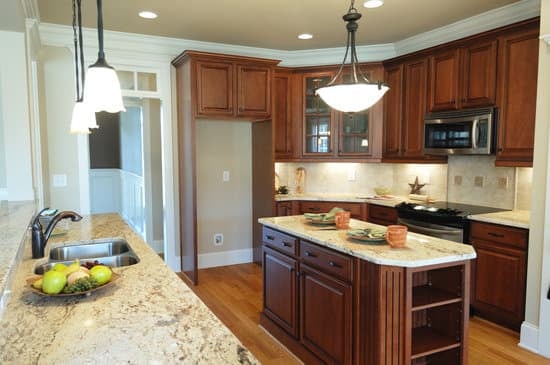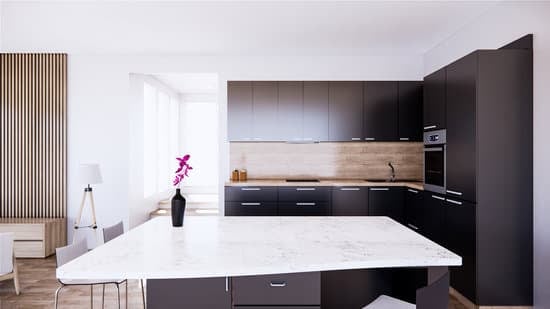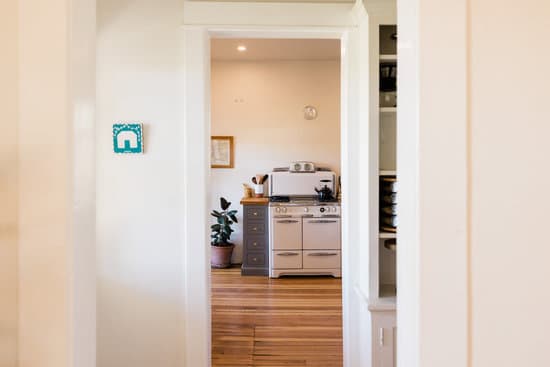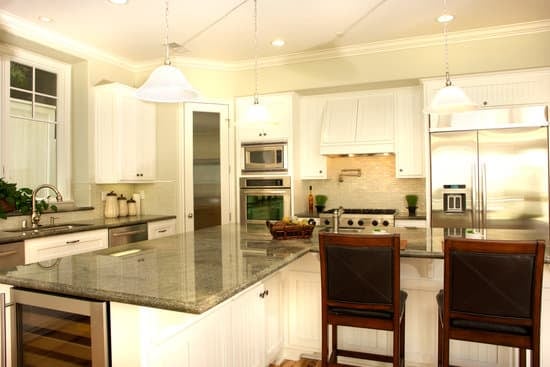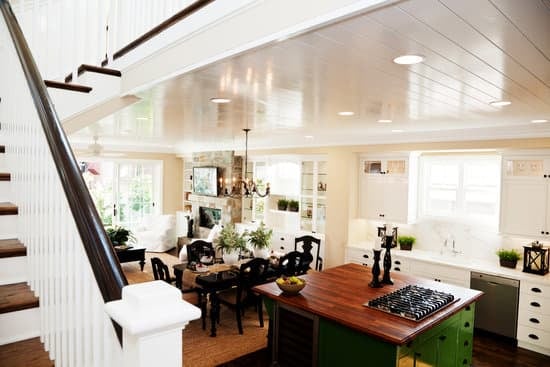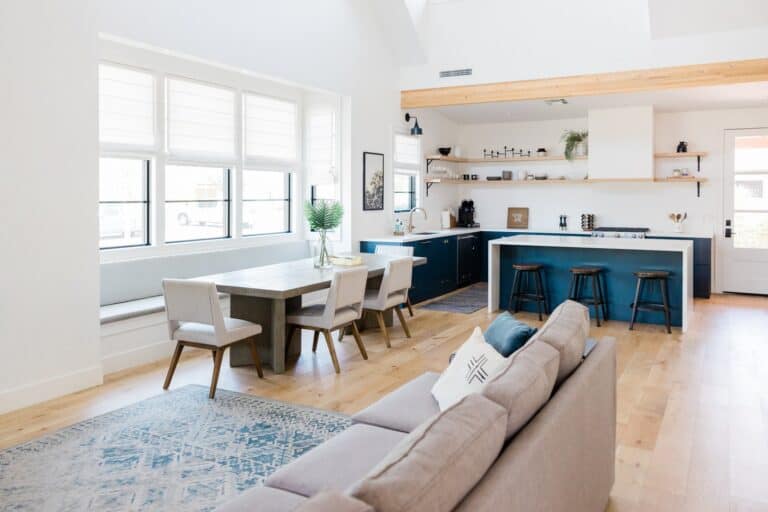Are you looking to enhance your kitchen space and increase functionality? Adding an island to your kitchen can provide extra counter space, storage, and seating options. In this article, we will guide you through the process of assessing your kitchen layout and available space, designing the perfect island for your needs, selecting materials and features that prioritize safety, and finally, installing the island structure with ease. Get ready to transform your kitchen into a more efficient and inviting space!
Assessing Your Kitchen Layout and Space Availability
Assessing your kitchen layout and space availability can help determine if adding an island is feasible. Before diving into this project, it’s important to evaluate the functionality of your kitchen and consider any budget constraints you may have. First, take a good look at your kitchen layout to see if there’s enough room for an island without obstructing the flow of traffic. Measure the available space to ensure that the island won’t overwhelm the area or make it difficult to move around. Additionally, think about how the island will fit in with existing appliances and cabinets. Next, consider your budget limitations and determine how much you’re willing to invest in this renovation. Keep in mind that adding an island involves not only purchasing the actual structure but also potentially hiring professionals for installation and electrical work. By carefully assessing these factors, you can make an informed decision on whether or not to proceed with adding an island to your kitchen.
Designing Your Island: Size, Shape, and Style
When designing your kitchen island, consider the ideal size, shape, and style. It is important to prioritize island functionality and maximizing space. Start by measuring the available space in your kitchen to determine the appropriate size for your island. Remember to leave enough room for walking and opening cabinets or appliances comfortably. The shape of your island should complement the overall layout of your kitchen while providing functionality. A rectangular or square-shaped island is commonly preferred as it offers more countertop space and allows for efficient workflow. Additionally, choose a style that matches your kitchen decor to create a cohesive look. Incorporating these elements will not only enhance the aesthetic appeal but also ensure safety and convenience in your kitchen.
Selecting the Right Materials and Features
Choosing the right materials and features for your island can greatly enhance its functionality and aesthetic appeal. When it comes to countertop materials, durability and safety are key factors to consider. Opt for materials like granite or quartz that are resistant to scratches and heat. These options not only provide a sleek look but also ensure longevity in your kitchen. Additionally, think about the functionality of your island. Incorporate features such as built-in storage cabinets or drawers to maximize space efficiency and keep your kitchen organized. Including electrical outlets on your island can make it convenient for plugging in appliances or charging devices while cooking. By carefully selecting the right materials and features, you can create a stylish yet safe island that meets all your needs in the kitchen.
Preparing and Installing the Island Structure
To ensure a sturdy and secure island, it’s important to properly prepare and install the structure. Before starting the island construction, make sure you have all the necessary tools and materials. Begin by measuring the space where the island will be placed, ensuring that there is enough room for people to move around comfortably. Next, assemble the base cabinets according to the manufacturer’s instructions, making sure they are level and securely fastened together. Attach a plywood or particleboard top to create a solid surface for your island. Finally, carefully position and secure the base cabinets in place using screws or brackets. Remember to double-check that everything is level before proceeding with island installation. Following these steps will guarantee a well-built and safe kitchen island for your home.
Adding Finishing Touches: Countertops, Lighting, and Seating Options
Once you’ve completed the installation of your island structure, it’s time to consider the finishing touches such as countertops, lighting, and seating options. When it comes to choosing the right countertop material for your kitchen island, safety should be a top priority. Opt for materials like quartz or granite that are durable and resistant to heat and scratches. These surfaces are also easy to clean, ensuring a hygienic cooking environment. As for lighting, pendant lights are a popular choice for kitchen islands as they provide both functionality and style. Consider adjustable pendant lights that can be customized to fit the height of your island and provide ample illumination for food preparation tasks. By selecting the right countertop material and pendant lighting choices, you can add both safety and aesthetic appeal to your newly installed kitchen island.
Conclusion
In conclusion, adding an island to your kitchen can greatly enhance both its functionality and aesthetic appeal. By carefully assessing your kitchen layout and space availability, designing the island to fit your needs, selecting the right materials and features, preparing and installing the structure properly, and adding finishing touches such as countertops, lighting, and seating options, you can create a beautiful and practical addition to your kitchen. So go ahead and embark on this exciting project to transform your kitchen into a more inviting and efficient space.

